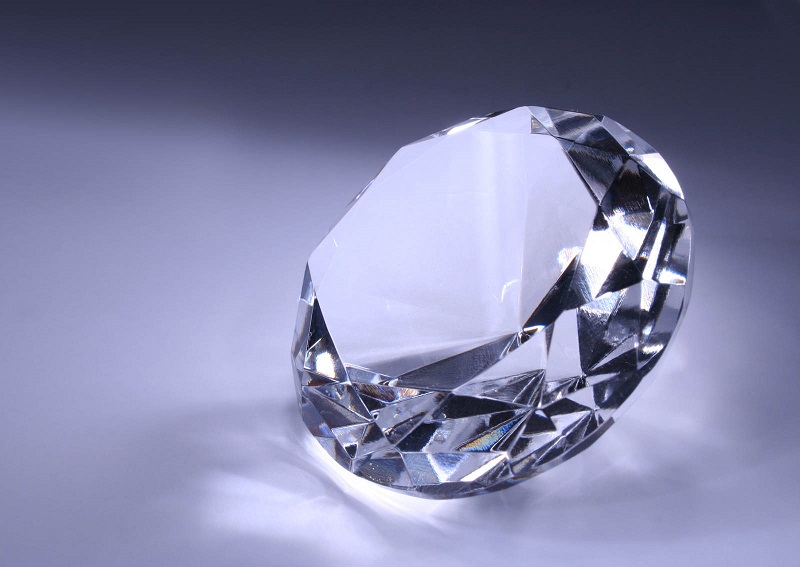
16 Jun How to tell if a gemstone is real at home?
Recognizing fake stones is a necessity that can happen in life on several occasions. We can buy jewels or choose coatings or other types of furnishings such as marble. In these cases, the scam is always around the corner. A dishonest seller knows many techniques to persuade the customer to buy seemingly real stones. Often this expense is linked to the emotions of the object. The feeling is likely to focus attention more on aesthetics than on the quality of the stone. So it is useful to know how to tell if a gemstone is real at home, to avoid the so-called “scams”.
How to tell if a gemstone is real at home?
Natural stones have a charm that dates back to the mists of time. Very precious specimens are also part of ancient burials of famous people such as the pharaohs. Man has always chosen stones to embellish a building or to adorn himself. The forgery of precious stones has a long history. Rare natural stones with inestimable value have always seen fake duplicates in circulation. For some years now, there has also been a false reproduction of building materials. They see marble replaced with stoneware reproductions or reconstructed reproductions passed off as natural stones. In short, recognizing fake stones is used to distinguish costume jewelery and avoid scams or scams that are difficult to prove during housework.
Fake building stones
Concerning the reproduction of building stones, it is possible to recognize false stones thanks to different properties such as the marble’s temperature, weight, and natural veins. The reconstructed stones are warmer than the real ones. Natural stones are heavy, hardly degrade and have characteristic veins that are absent in false ones. Furthermore, another distinctive sign is the structure: the fake stone has no lucidity or quartz or calcite crystals in its structure, elements that are essential in the natural ones.
Jewelry counterfeiting
To recognize the fake stones in the case of jewels, however, there are special tools. To know the authenticity of a diamond or a precious stone, the tip of an instrument is placed on the surface of the same, which can analyze in a few seconds whether the surface of a stone is true or false. It is good to know that a certificate of authenticity accompanies precious stones without which they lose value. Once you have bought a precious stone without its certification, it must be authenticated by a professional in the sector to restore its original value. In any case, where it is very expensive stones it is always good to use the services of a professional.
Simple methods of recognizing forgery
Even if you don’t have the skills and tools of a jeweler or gemologist, some simple methods can recognize fake stones. First of all, natural stones are cold to the touch and retain their temperature even after prolonged contact with the skin. They are practically indestructible. Careful observation with a good magnifying glass will reveal imperfections and unique veins inside the stone, resulting from the millenary sedimentation in the source of origin. Fake stones, even those made with great precision, have a homogeneous appearance, typical of synthetic stone made in the laboratory. Finally, a factor that makes the buyer suspicious may be the too low price, proposed as a “bargain”.
For very expensive stones, it is recommended to request verification by a professional.

No Comments